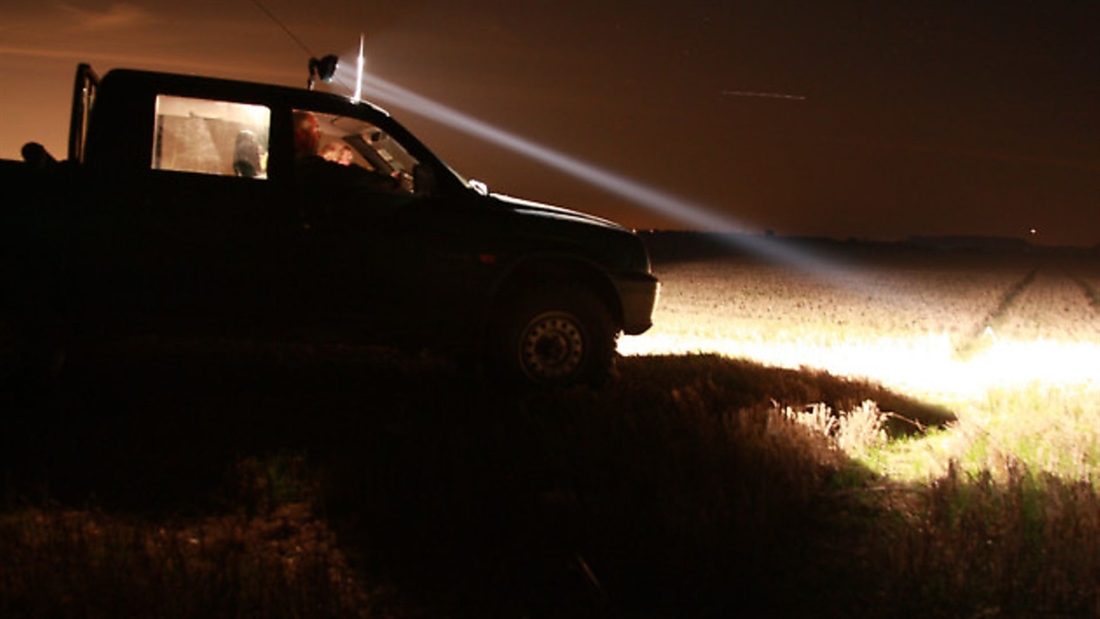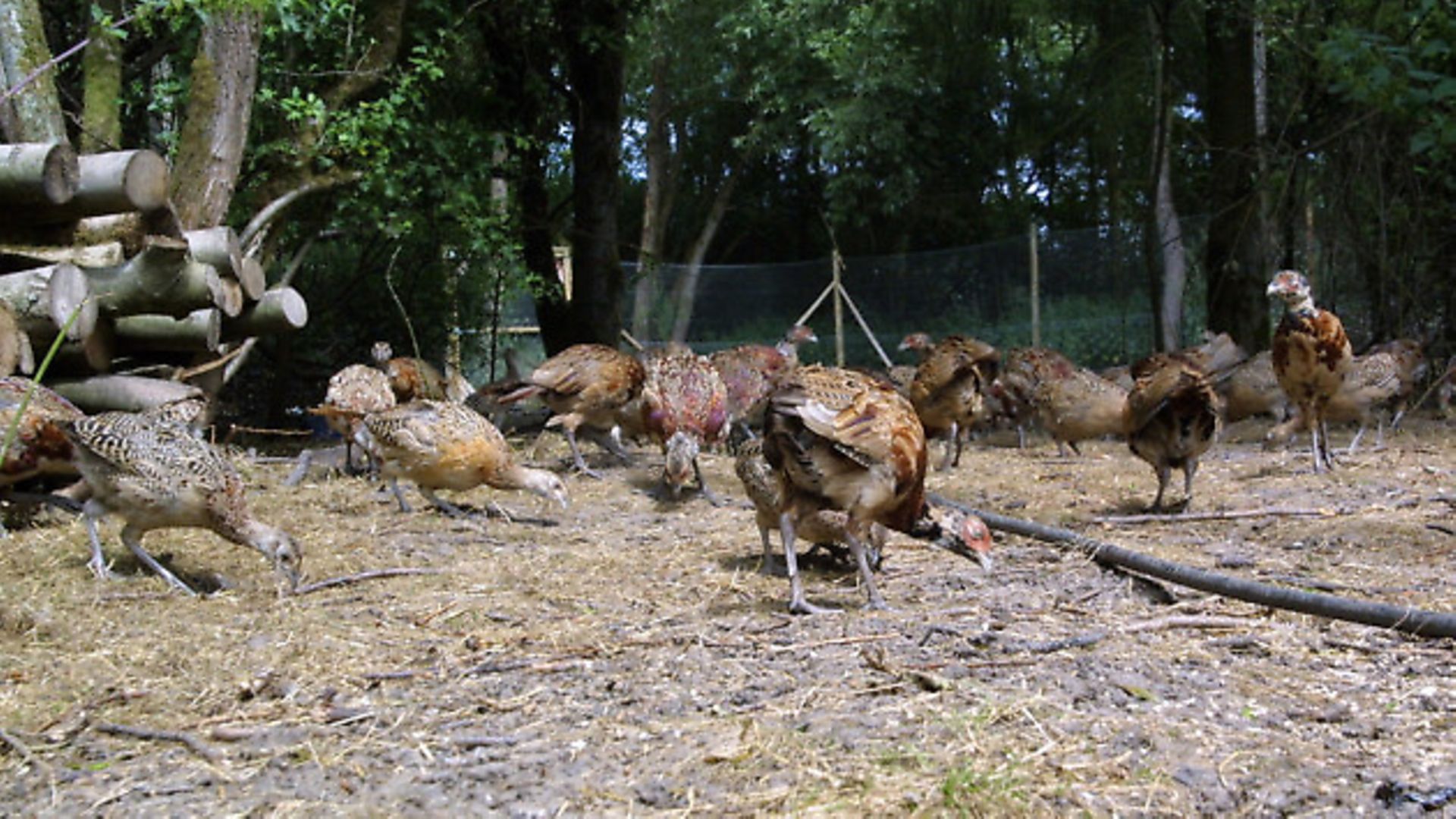A step too far

Adam Smith has sad news about a family friend and considers how attitudes have changed over the years…
In a previous article I told a tale of the family cat and the confusion created by the subject of methane production. The original point had been based on the cat’s wandering leading him into trouble but he was not much of a wanderer. He was a gentle, home-loving, affectionate and much-loved family cat, an immense character that my children will remember fondly. My wife, being married to a keeper, is more aware than most of the problems a stray cat can pose, but for all that she still misses the old sod gently nipping at her ankles first thing in the morning in a frenzy of cupboard love as she spoons his food into a bowl.
From this you’ve probably gathered that Gimble is no more. He wandered too far.
A .222 or perhaps .243 bullet entered his chest just above the sternum, leaving an exit wound the size of a hen’s egg. As far as accuracy is concerned it was a good shot. His life was snuffed out long before the reality of pain could have overtaken him, though the real pain is all ours and particularly my children, who found his body.
Gimble was not a troublesome cat. With my main release pen a short walk away from the lodge and the rearing field a good step closer, I can say that with total confidence. He was a great mouser and ratter, and often brought half-grown rabbits home, but in the five years of a life which ended at its prime, I never knew him take a poult or a chick. Whether some sixth sense told him gamebirds were taboo I’ll never know, but all I can say for sure is that despite many opportunities Gimble stayed true to his salt – almost as though he knew he was a keeper’s cat, and what would please and what would not.
He died less than 300 yards from the back door, on part-managed ground just across the road. I’m pretty sure I heard the shot too, putting it down to the demise of another cub who’d not yet become a problem for me. And it wouldn’t take Sherlock Holmes to find who pulled the trigger, but all the threats and retribution in the world won’t bring Gimble back.
Like it or not, as a keeper I have to be dispassionate at times. It doesn’t alter the sense of loss, but at least being a keepering family does allow the outrage to become tempered with some understanding. The simple fact is that the feral cat comes pretty high on the Game Conservancy list of gamebird predators. A feral cat on the rampage in a release pen can cause major losses – as much through panic and stress as direct killing – and any domestic cat, even the most urban of family pets, is at its heart a killing machine, powerfully motivated by the hunting instinct and quite merciless in its application.
With this in mind it’s small wonder that cats, roaming in an environment created for the encouragement and retention of gamebirds are, on occasion, ‘dealt with’ – even though the law clearly states that a cat, if proved to be a domestic pet, is property and to kill one thus becomes an offence. The problems from a keeper’s point of view are not quite so straightforward because of the alarming rise in the number of feral cats – frequently pets that have outgrown their welcome and been dumped in the countryside. Having been rejected by their owners they either die, or far more commonly revert to their natural way of life, living off their wits and reflexes, creating a situation that few if any keepers can afford to ignore.
Despite this, attitudes have changed and so has the structure of rural society, which means that today’s keepers must be both sure of their facts and more conscious of their actions. Before this sea change in attitude among country dwellers, though, many gamekeepers were granted almost awesome powers, as this tale from Suffolk keeper Stan Button – the man who taught me much of what I know – will show…
Back in the 1920s, Stan was a beat keeper on a huge Cambridgeshire estate whose Headkeeper, Jeremiah Cooper, was a giant in stature and status; feared, respected and loathed in equal parts. Stan had been troubled by a dog on his rearing field and told Mr. Cooper of his suspicions about where the black and tan mongrel came from. Cooper merely cocked his head for Stan to follow and the pair, clad in tweeds, bowler hats and box-cloth leggings with 12-bore hammer guns in the crooks of their arms, headed for a terrace of estate cottages.
Jeremiah Cooper banged on the back door of the second cottage, which opened almost immediately to reveal a nervous-looking woman with a black and tan dog at her feet.
“That your dog missus?” said Cooper.
“Yes Mr. Cooper,” came the anxious reply. “But he’s never no trouble, I swear.”
“That the dog, Button?”
“Yes Mr. Cooper. That’s him, no doubt of it.”
And without another word, ignoring its bared teeth and growls, Cooper picked the dog up by the scruff of its neck, walked a few paces down the back garden path and shot it before the horrified woman’s eyes.
“Bury that, missus, and tell your ‘usband he’s not to get another. D’you hear?”
What power – and abuse – keepers wielded almost a century ago. Today, such an action would result in a court case but then the loss of a dog was of far less significance than the roof over the head of the average farm labourer.
As I said, attitudes have changed and keepers today can’t simply remove any and all that might pose a risk to their stock. Put simply, we can’t expect the law to be on our side when we need it to be and ignore it when it suits.
Gimble was shot by someone out foxing. In the beam of a multi-candlepower lamp and to inexperienced, or perhaps over-enthusiastic, even uncaring eyes, the brilliant flash of a cat’s eye is easy to confuse with a fox. From the path of the bullet Gimble was sitting, probably mesmerised by the fierce light. He might even have thought it was me out with the rifle: it certainly wouldn’t have been the first time I’d seen him stalking a hedgerow for a bolter rabbit supper. This time he was on the wrong side, not on his patch. And as the trigger was squeezed, the bloke on the rifle might even have thought he was doing me a favour.
By Adam Smith






